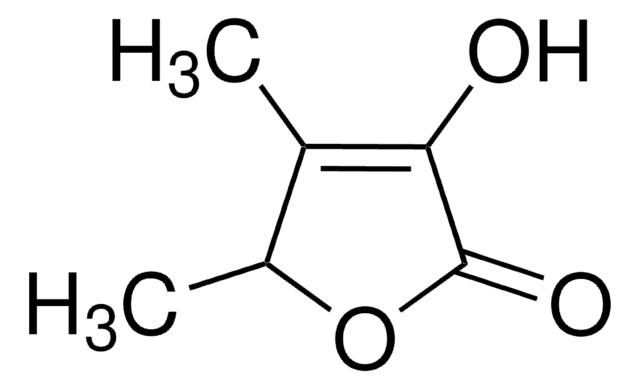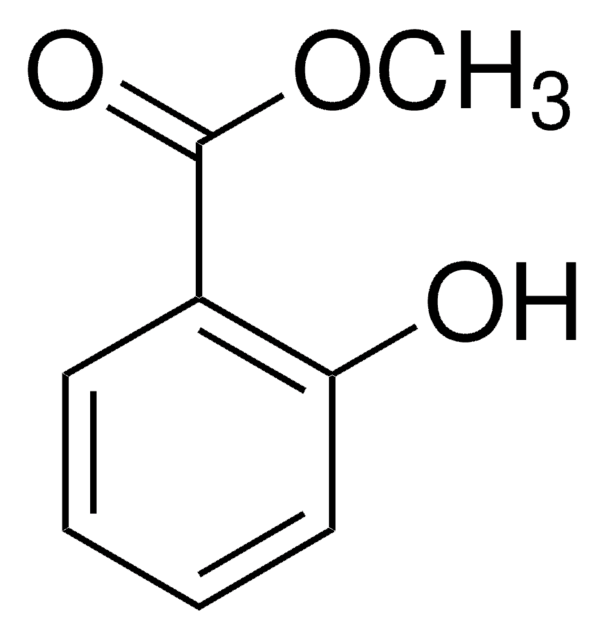W315109
2-Etil-1-hexanol
≥99%, FG
Sinónimos:
Alcohol isooctílico
About This Item
Productos recomendados
biological source
synthetic
Quality Level
grade
FG
Fragrance grade
Halal
Kosher
agency
follows IFRA guidelines
meets purity specifications of JECFA
reg. compliance
EU Regulation 1223/2009
EU Regulation 1334/2008 & 178/2002
vapor density
4.49 (vs air)
vapor pressure
0.2 mmHg ( 20 °C)
assay
≥99%
autoignition temp.
550 °F
expl. lim.
0.88 %, 104 °F
9.7 %, 113 °F
refractive index
n20/D 1.431 (lit.)
bp
183-186 °C (lit.)
mp
−76 °C (lit.)
density
0.833 g/mL at 25 °C (lit.)
application(s)
flavors and fragrances
documentation
see Safety & Documentation for available documents
food allergen
no known allergens
fragrance allergen
no known allergens
organoleptic
fresh; oily; citrus; floral; sweet
SMILES string
CCCCC(CC)CO
InChI
1S/C8H18O/c1-3-5-6-8(4-2)7-9/h8-9H,3-7H2,1-2H3
InChI key
YIWUKEYIRIRTPP-UHFFFAOYSA-N
¿Está buscando productos similares? Visita Guía de comparación de productos
General description
Application
- Transportadores de la hormona tiroidea en un modelo de célula placentaria humana: en este estudio se investiga el papel del ácido 2-amino-2-norbornanocarboxílico en el transporte de las hormonas tiroideas en las células placentarias, ofreciendo información que podría mejorar la comprensión del desarrollo fetal y la salud materna (Chen et al., 2022).
signalword
Warning
hcodes
Hazard Classifications
Acute Tox. 4 Inhalation - Eye Irrit. 2 - Skin Irrit. 2 - STOT SE 3
target_organs
Respiratory system
Storage Class
10 - Combustible liquids
wgk_germany
WGK 1
flash_point_f
167.0 °F - closed cup
flash_point_c
75 °C - closed cup
ppe
Eyeshields, Faceshields, Gloves, type ABEK (EN14387) respirator filter
Elija entre una de las versiones más recientes:
¿Ya tiene este producto?
Encuentre la documentación para los productos que ha comprado recientemente en la Biblioteca de documentos.
Los clientes también vieron
Nuestro equipo de científicos tiene experiencia en todas las áreas de investigación: Ciencias de la vida, Ciencia de los materiales, Síntesis química, Cromatografía, Analítica y muchas otras.
Póngase en contacto con el Servicio técnico
















